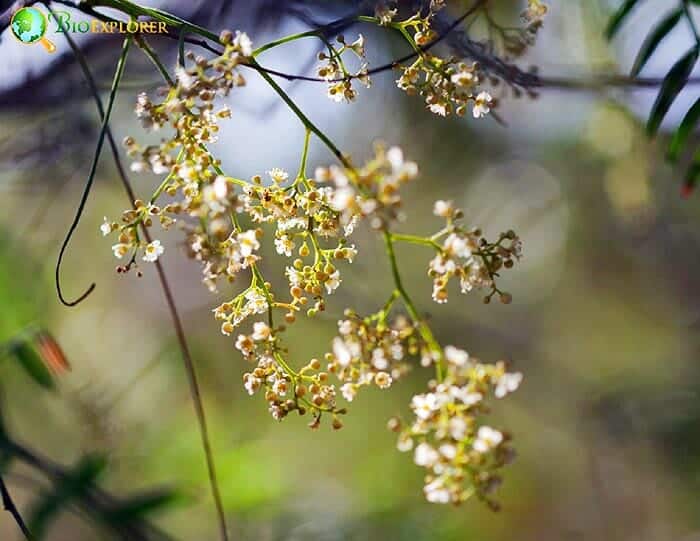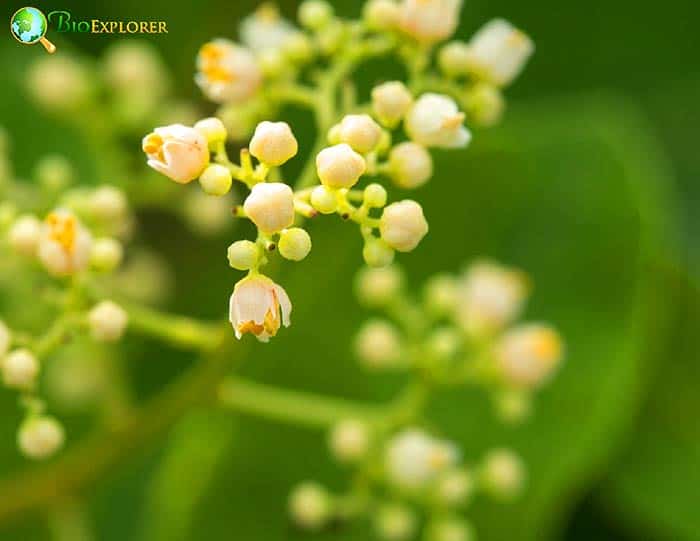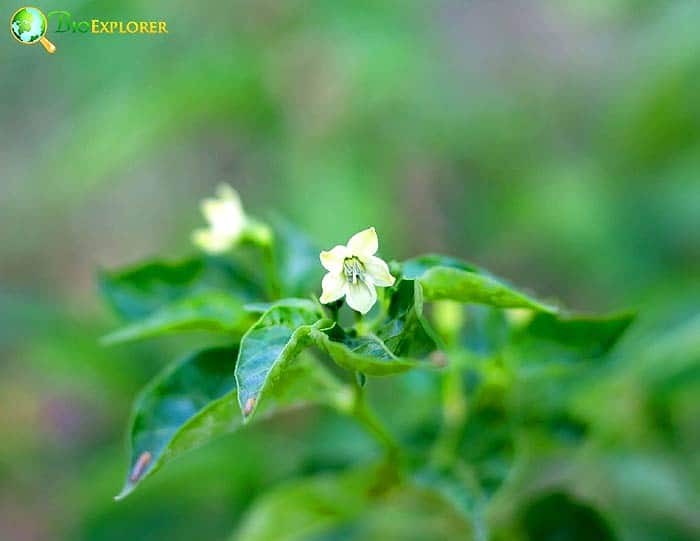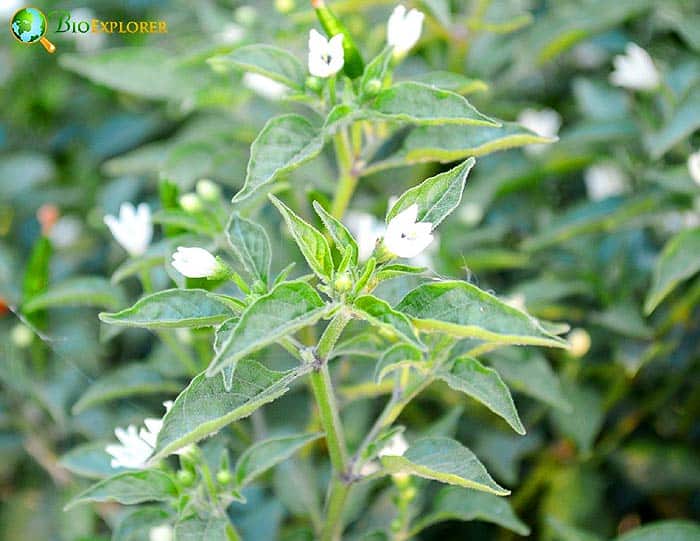
Canellales is the Order of flowering plants that belong to the magnoliids clade, an angiosperm tree early branch. Canellales, formerly called Winterales, is recognized by the APG IV system, the most recent classification of plants. It consists of two families (Winteraceae and Canellaceae), comprising 15 genera and 136 species of fragrant trees and shrubs.
Canellales are dicotyledonous plants that retain some primitive characteristics morphologically and anatomically. The definition of Canellales was based on phylogenetic studies. However, morphological aspects, such as the seeds, the tube, and integument thickness suggest possible synapomorphies. This Order of plants consists mainly of trees and shrubs.
Table of Contents
Canellales Pronunciation
Canellales Distribution

Family Canellaceae, comprising 6 genera and 16 species, is found in Madagascar, Tropical Africa, South America, and the Caribbean.
- One genus (Warburgia) is distributed in tropical Africa. Genus Cinnamosma is found in Madagascar. Two genera (Capsicodendron and Cinnamodenron) are in tropical South America. The remaining two genera (Canella and Pleodendron) are in the Caribbean.
- Winteraceaespecies grow in moist and cool environments and are primarily distributed in the Antarctic flora of the Southern Hemisphere. Family Winteraceaeis made up of 9 genera and 120 species.
- Genus Takhtajaniais distinct in Madagascar. This genus only has one species (T. perrieri). Pseudowintera, having 3 species, is limited to New Zealand. Central and South America are the locations of Genus Drimys (8 species).
- Genus Tasmania (40 species) are found in the Philippines, Australia, and New Guinea.
- Genus Exospermumspecies are limited to New Caledonia; Genus Bubbiais found in Moluccas, New Caledonia, and Australia; Genus Belliolumis thriving in the areas of Caledonia and the Solomon Islands.
Canellales Characteristics

Order Canellales’ general characteristics involve the following:
- Canellales consist mainly of evergreen shrubs and trees. The bark is often pale.
- They are dicotyledons.
- The primary stem has a continuous vascular cylinder. There is an absence of xylem in the Winteraceae.
- The sieve tube plastids contain starch and protein crystalloids. Sometimes, sieve tube plastids also contain fibers.
- The petiole bundles are arcuate (curved into an arch). The stipules are absent.
- Leaves are simple and entire. Both families have leathery leaves with translucent spots (Canellaceaea) or gland-dotted (Winteraceae).
- Leaf cuticle waxes as tubules are present. This acts as a physical barrier protecting the plants.
- The flowers are of moderate size. The inflorescences can be terminal or axillary, in panicle, racemes, or solitary.
- The fruits are indehiscent and fleshy. They are berry type with oily endosperm seeds.
Canellales Flowers and Reproduction

- In Winteraceaea, the arrangement of flowers in the plant (inflorescence) is of solitary or cymose clusters. They are bisexual, actinomorphic, or zygomorphic, hypogynous. The calyx consists of 2-6 valvate sepals. The corolla consists of two or more series of petals.
- It is made up of several stamens and one to several carpels. The pollen is usually released in tetrads, the style is terminal in position, and the placentation is marginal or laminar.
- Flowers of family Canellaceae contain 3 sepals and contain 4to 12 petals (arranged in a spiral or a whorl). The flowers are terminal or axillary determinating panicles or racemes or alone in the axils of the leaf. The distinctive feature of this family is the presence of 6 to 40 stamens united into a tube. The placentation is parietal.
- Canellales’ fruit is a berry with seeds. The seeds are made up of oily endosperm with tiny embryos. Nectar is sometimes produced by the flowers, andpollination[1] in Canellales is through insects (beetles, primitive moths, flies, thrips) or wind.
- There are some cases when the primitive jawed moths[2] eat the pollen of Zygogynum, making the oily pollen-kitt tetrads attached to the moths. Additionally, some insects (Sabatinca) use the flowers as a gathering place before their mating.
Canellales Family Differences

The two distinct characteristics that make Winteraceae distinct from Canellaceae are the following:
- Stomatal plugs[3] are present in Winteraceae, absent in Canellaceae.
- Water-conducting xylem[4] vessel is absent in Winteraceae versus the presence of the vessel in Canellaceae.
These two outstanding features of Winteraceae show an adaptive relationship between the two characteristics. The stomatal plug prevents the exchange of gases[5] from recompensing the believed poor conduction of water and minerals within the primary plant body. Additionally, the lack of vessels is the justification for being a primitive living family of angiosperms.
Canellales Example Species
Below are the examples of plants under Order Canellales.
- Wild Cinnamon
- Chupacallos
- Saro plant
- Mountain Cinnamon
- African Greenheart
- Pepper-Bark
- Tasmanian Pepper Leaf/Mountain Pepper.
- Winter’s Bark
- Pepper Tree
- Northland Horopito

























